Picture Analysis Schleyer RAF
The RAF uses the kidnapping picture of Hanns Martin Schleyer to prove that he is still alive. But that could have been accomplished by means of a personal message as well. So it’s about more than just proof that he is alive. The RAF wants this picture to be published in the news. But why? The picture is rigorously staged.01 There are clear indications of the terrorists’ intentions. What are they planning? Why precisely this picture?
Especially staged pictures want to achieve a very specific effect that needn’t have anything to do with reality. They want to influence the perception of the viewer. Therefore we need to clarify: How is the kidnap victim supposed to be perceived? And: How does the RAF want to be perceived?
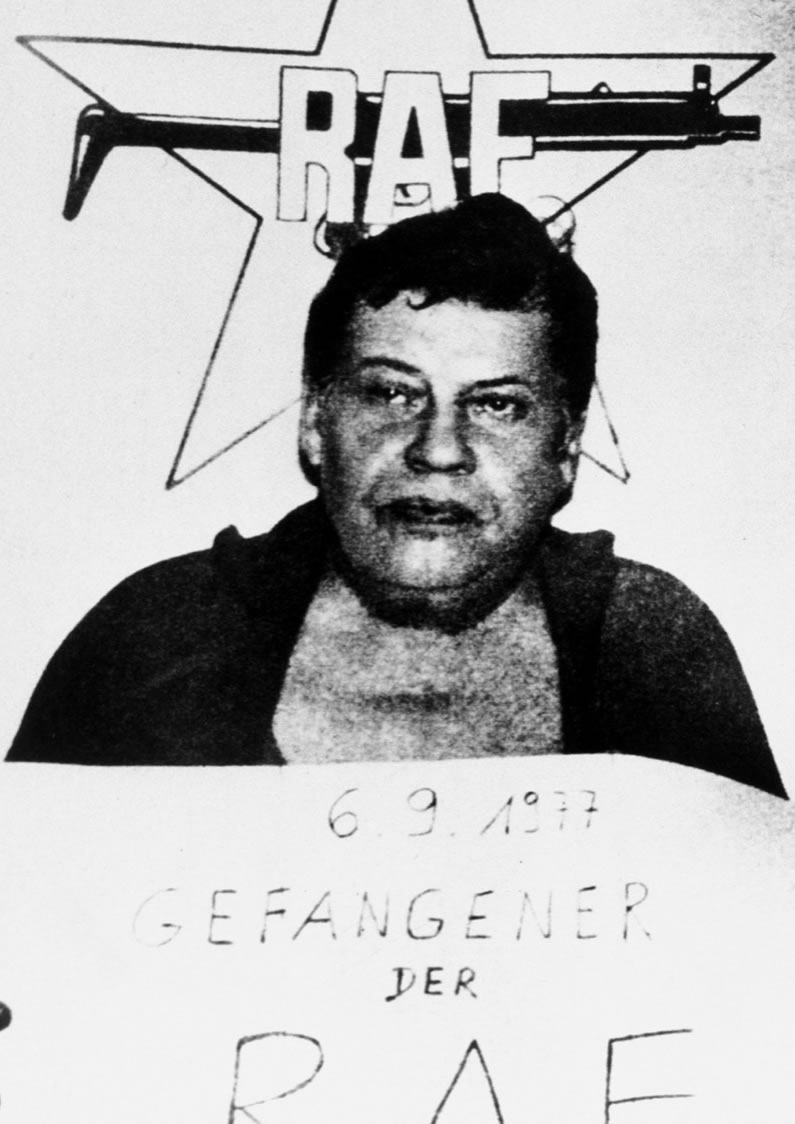
Task 1
- Which impression of Hanns Martin Schleyer is conveyed?02
Select at least 4 characteristics that you think are fitting:… insecure, tired, distressed, powerless, anxious, ashamed, hopeless, self-sacrificing, fierce, depressed, degraded, ostracised, paralysed, reluctant, irritated, resistant, helpless, courageous, humiliated, self-confident, flexible,steadfast , unshakeable, weak, embarrassed - Which role is assigned to Schleyer in your opinion? Select 2–3 words that come closest to your
assessment.
sufferer, perpetrator, crook, offender, victim, traitor, murderer, criminal, human, outlaw, outcast, …
- What can you say about the perpetrators based on the picture? Select the words that fit best.
determined, hesitant, arrogant, confident of victory, cold-blooded, well-organised, improvising, inhuman, unscrupulous

Task 2
- Select 6 elements from the picture seem important to you.03. Mark them with the tools.
- What was the most striking for you? Assign numbers to the six elements in the order of their importance.
Workspace
Picture Analysis Schleyer RAF
Step 1: Composition of the Picture
In order to recognise the intentions of the terrorists, pay attention now to the details and connect your observations with your cultural background knowledge.
How do you learn to observe with precision?
Find the relation between the individual elements of the picture. A first step is to describe the
picture’s composition
with a clear structure and to designate which purpose each element serves.
Here is an example:
The picture has three levels that can be read from the bottom up: the signboard, the man, the logo. The order is important here:
First the propagandistic information on the placard, then the image of the victim as proof he is alive, and on top the logo of the RAF as a simply recognisable symbol for who possesses the power… 04

Task 3
Step 2: Understanding Connections by Means of Changes
Hanns Martin Schleyer is more than just a “prisoner” of the RAF kidnappers. They are using the picture to show who Schleyer is in their eyes and also how they see themselves. For this purpose, the RAF uses a visual language that people were able to understand in 1977.
A second step in learning to observe with precision is changing key elements of the picture and then comparing both versions. However, one can’t just understand historical pictures on one’s own without further input. You need some extra historical and cultural information that gives you insight as to what the terrorists are referring to.
The staging of the picture attributes certain characteristics to Hanns Martin Schleyer. What are the signboard, the clothing and the logo referring to? Choose two of the three objects and proceed as follows:
- First, change an element of the picture using the arrows.
- What does that remind you of? Write down 2–3 initial associations as keywords.
- Proceed in just the same way for a second element. Write down another 2–3 keywords.
Workspace
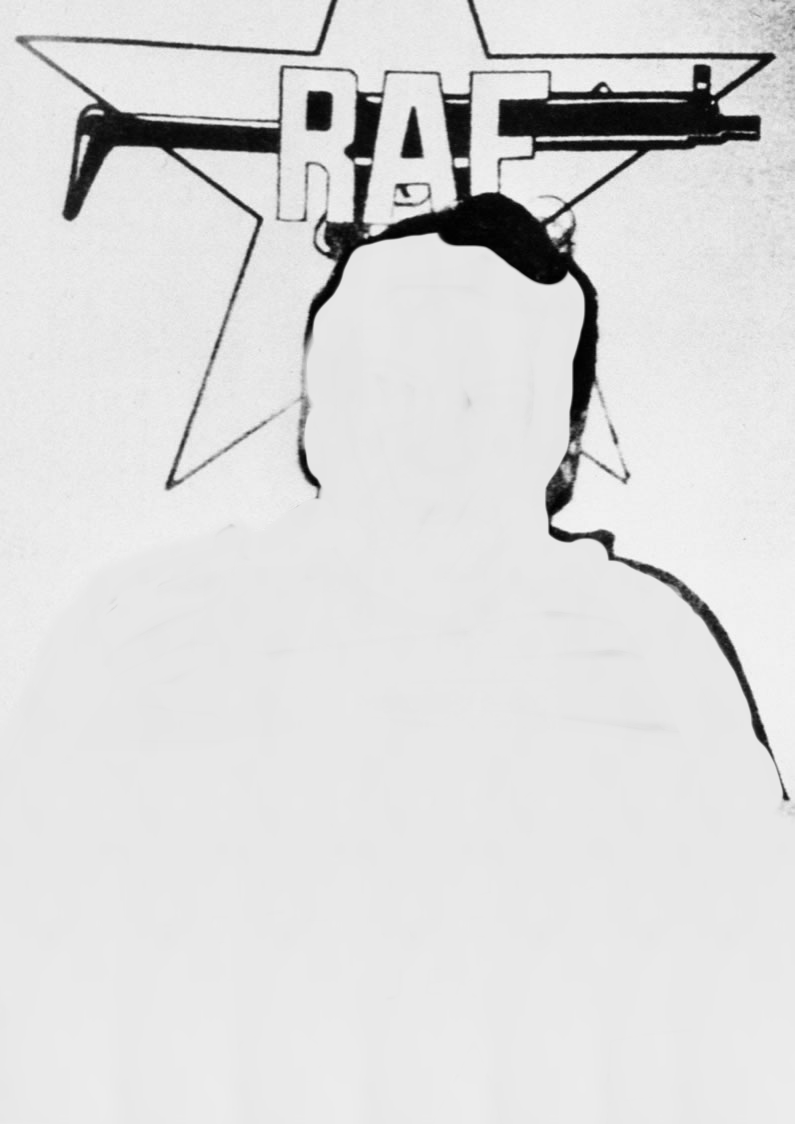
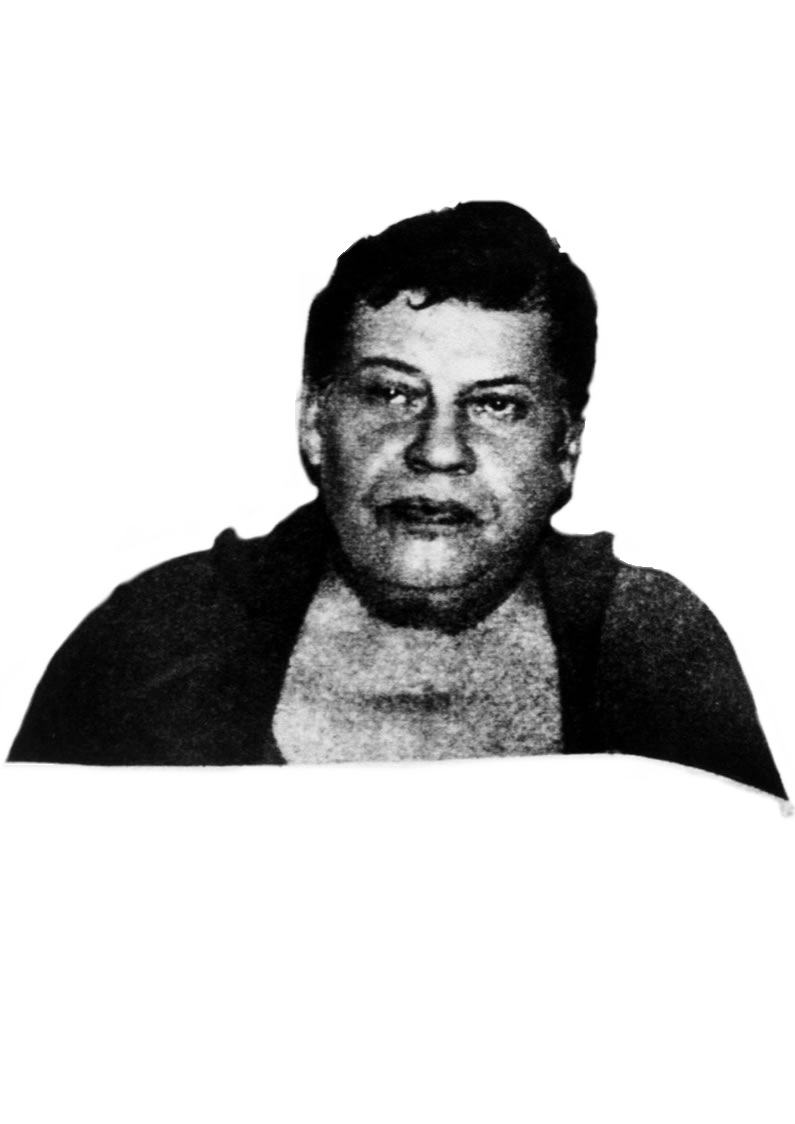

- Once you’ve finished, read the background information and make the connection with the kidnapping of Hanns Martin Schleyer and the RAF.05
M1 Mug Shots
Since the end of the 19th century, criminal records have been kept with pictures of criminal persons (with signboards in front of their chests as well) to identify them. Today, these “mug shots” are part of the “identification procedure” which the police are legally allowed to conduct.
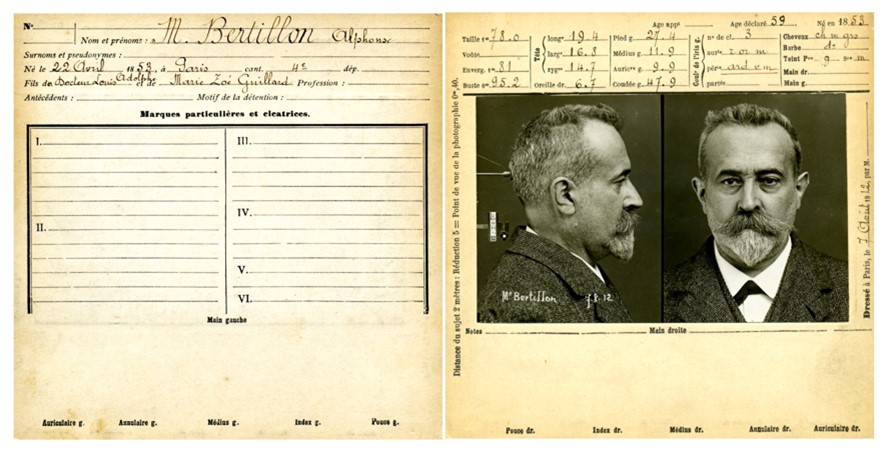
M3 Public Humiliation
People being humiliated by exhibiting them publicly and displaying a placard in front of them has been a common practice in all cultures for as long as we have written records… Such staging is known as a punishment both in the Arabian-Asiatic region as well as in the European medieval period; in this way, the Nazis demonstrated that persons did not belong to the German “national community”, and thus they ostracised them.
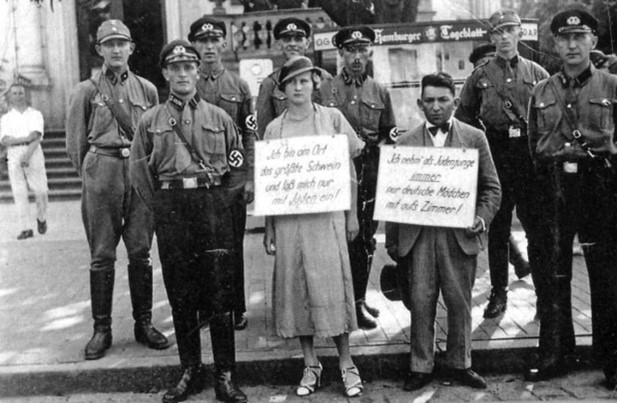
M2 People’s Prison
The RAF makes the claim of fighting against the state on behalf of the people. For this reason, they term the place where Hanns Martin Schleyer was held captive “people’s prison”.
M4 Prisoner and Hostage
A “prisoner” is first and foremost the designation of a person whom the state has deprived of their rights of freedom. They are under arrest in a prison under state supervision. Conversely, a “hostage” is the term for a person who is being detained by captors unlawfully. Their release is tied to a demand that has to be complied with.
- So how is the hostage supposed to be portrayed? And what does that say about the perpetrators? Formulate a coherent answer in 4 sentences.06